|
ConCarolinas is an annual convention held in Charlotte, North Carolina. Historically, it takes place at the Hilton Charlotte University Place over a three-day weekend. The convention focuses on science fiction, fantasy, and gaming and features a multitude of guest presenters, vendors, and performers. ConCarolinas offers a diverse range of themed tracks, each delving into unique and fascinating topics such as writing, paranormal, and geek life. These tracks host numerous scheduled panels and events, all led by engaging guest speakers. For my first ConCarolinas experience, I had the privilege of speaking and moderating several panels across these diverse tracks, each offering a new and exciting perspective. ConCarolinas 2024 - Day 1 Arriving at ConCarolinas on Friday, May 31st, around 3:30 p.m., I noticed the hotel's parking lot was already 85% full. Walking into the main hotel lobby, I was pleasantly surprised to see no line in the registration area. Upon giving my name and receiving a weekend badge, I went down the lobby escalator to the heart of the convention. The lower level of the Hilton Charlotte University Place consists of meeting rooms, ballrooms, and a common area with vendor tables scattered around the perimeter. I made my way through the common area to find the meeting for my upcoming panel on blogging for fun and profit, which started in fifteen minutes. Since I was still early for the panel, I grabbed a cup of water and a seat behind the speaker table. Surprisingly, my fellow panelists were late to the panel, so I began speaking with the handful of attendees who ventured into the room. I found out later that the other panelists mixed up their timeslot, but it worked out as many attendees arrived late to the panel, and we still had plenty of time for discussions and answering questions. My fellow panelists brought enthusiasm, passion, and experience. Our conversations were engaging and touched on many facets of blogging. The audience walked away with new information and ideas to explore further. Following the panel, I had time to explore the convention more thoroughly. I spoke with my friend and author John G. Hartness at the Fallstaff Books vendor table, perused the vendor rooms, and stopped by the gaming room. Friday afternoon seemed light on attendees as there was little issue navigating the convention halls or waiting for the elevators to return to the lobby floor. Unfortunately, the escalator going up to the lobby remained broken all weekend. My next activity was the Banned Book Fair. Any attendees could walk into a large dining room and pick out a book for free. The catch is that each book got gift-wrapped with a label explaining why the mystery book received a ban in public libraries or schools. Some mystery books were well-known, such as Charlie and the Chocolate Factory or Lord of the Flies, while others were more niche. I selected a mystery children's book that turned out to be Hair Love by Matthew A. Cherry. ConCarolina's Banned Book Fair is a great event that attendees should consider participating in. As dinner time approached, I walked behind the hotel to try Pho@University. Upon entering the establishment, a friendly waitress greeted me. The inexpensive beers listed on the table tent stood out as I sat at an open table. I ordered a local beer for a few dollars and then reviewed the food menu. When the waitress came by with my beer, I asked for a pair of spring rolls and their pho combination option. Pho@University's spring rolls were tasty, and the pho met my expectations. If you like pho, bao buns, and Asian cuisine, visit Pho@University during your time at ConCarolinas. After dinner, I returned to ConCarolinas and stopped by their karaoke event. A member of a live-action role-playing group volunteered to run the karaoke event since he owned some equipment. Upon entering the room, I noticed a professional setup with a microphone, lighting, a DJ table, and a large television screen. Karaoke participants visited a website through a QR link to select a song and get in a queue. Once the event started, the list of karaoke singers quickly filled up. I sang (terribly) Torn by Natalie Imbruglia and stayed a while to watch other attendees perform various songs. To cap the night, I went to the game room, hoping to jump into a Magic: The Gathering Commander pod. Luckily, a game had ended, enabling me to join a three-person pod. Throughout the evening, I continued playing Commander and won two multiplayer games before leaving the convention. ConCarolinas 2024 - Day 2 Parking at ConCarolinas was challenging Saturday morning as no parking spots were available in the hotel's lot. I had to park on the other side of the boardwalk for the day, which worked out fine. When I arrived at the convention hall around 10 a.m., I immediately noticed a larger crowd of attendees. My first panel of the day was Geek Travel Destinations in a meeting room off the hotel lobby. Although the room was hot, attendees came and stayed for the panel. One of the panelists enjoyed visiting locations of famous movies filmed around the state of North Carolina, and another enjoyed visiting old graveyards while sightseeing. I discussed traveling to Japan to immerse oneself in video games, manga, and more. Following the morning panel, I strolled through Saturday's outdoor craft fair and stopped by Kevin J. Anderson's table. I only had an hour before my next panel, Business and Budgeting for Writers, started at 12:30 p.m. My lunchtime panel was interesting as an accountant moderated for myself, a contractor writer and blogger, and a successful author with many novel and anthology publications. Members of the audience heard two distinct perspectives on paying taxes, managing expenses, business licenses, etc. We both stressed the importance of tracking your expenses and tax obligations and being mindful of spending the first real money made from a creative endeavor. Afterward, I went to Cava nearby for lunch and departed for the afternoon as I had an offsite commitment for the rest of the day. ConCarolinas 2024 - Day 3
ConCarolina's Sunday visit was short; I only went to moderate the Nerd Food panel at 10:30 a.m. It was my first time moderating a panel, but I felt confident after participating in others throughout the weekend. Also, it was one of the more engaging panels of the weekend between panelists and attendees. We shared tips on healthy eating at a convention, how to improve the flavor of a meal, hydration, and other related topics. I learned as much as I shared and began implementing some tips the following week. I left after the panel ended, but I could tell many people were either already gone or planned to leave the convention. Overall Impressions As a guest speaker, I had a wonderful experience attending ConCarolinas for the first time. I met several writers and bloggers throughout the weekend and engaged with enthusiastic attendees. Participating in other activities around the convention was fun, too. The hotel's location is excellent, as many enjoyable restaurants and shops are within walking distance. Although the escalator issue was annoying, it did not hinder the ability to enjoy the convention. Moving around the convention was a struggle on Saturday with the influx of attendees, but the hotel's convention space felt large enough to accommodate everyone. One takeaway from the convention is the notable presence of fantasy and science fiction writers. Many guest speakers and vendor tables are authors of fantasy and science fiction books across multiple subsets, such as urban fantasy, horror, and steampunk. If you enjoy reading fantasy and science fiction stories or writing your own, you will get a lot out of the convention. Beyond writing, there are a ton of panels on the paranormal, gaming, movies, and even wrestling. Any self-proclaimed nerd will find several panels and activities appealing. Also, a charity event, musical acts, and other activities occurred throughout the weekend. ConCarolinas is on the smaller side of conventions, but the content and opportunities to interact with guests and other attendees make it an enjoyable experience. I wanted to take a moment to share some information and reintroduce myself to anyone who may be new to the website. I initially started this blog two years ago to share my interest in Japanese culture and travel. Over time, it has evolved to focus on Magic: The Gathering (MTG). I live in Charlotte, North Carolina with my wife Ashley and occasionally write articles about our experiences around town. New articles are posted every Friday. You can follow me on Instagram @card_knock_life to find out when a new article goes live.
Predominantly, I write about the financial aspects of MTG. Some examples of MTG finance topics include singles speculation, forecasting price movement, and historical analysis. I enjoy applying the knowledge gained from obtaining a Master of Business Administration and previous working experience toward MTG finance. I have played MTG throughout most of my life and regularly interact with the Charlotte MTG community. I also enjoy attending and presenting at various Japanese culture conventions. My presentation topics include traveling to Japan and making sushi at home. You can find information from these presentations on My Weekly Grind. Thank you for visiting and reading the articles on My Weekly Grind. I appreciate your support and continued patronage. New sets in the Magic: The Gathering trading card game are released periodically throughout the year. Each quarter, large sets are released for the Standard format. New Standard sets are introduced in-person to players through prerelease events. A typical prerelease event occurs the weekend before a set's official release date. These weekends are exciting to players as it is the first opportunity to acquire brand new trading cards. Players participate in the Sealed and Two-Headed Giant formats during a prerelease weekend. What Players Receive at a Prerelease Event When a player registers for a prerelease event, they pay money to receive a sealed kit for the newest MTG set. This kit contains six booster packs, one promotional card, one spindown life counter, and an insert. Other special items could be included in the sealed kit depending on the featured set. Players are given around 50 minutes to open the contents of a kit and build a 40 (or more) card deck. A built deck can only contain the promo card and other cards opened in booster packs found inside the kit. The only exception is that decks can contain any quantity of basic lands. Stores provide basic lands for players to borrow during a prerelease. There is a bit of luck and variance involved as some cards in the set are more powerful than others. The Basics for Building a Deck Building a deck can be challenging for new players or those unfamiliar with a set's mechanics. Other players and staff at the event will typically help newer players who ask for assistance. In general, a sealed deck contains 17 lands, 15 creatures, and 8 spells. These numbers can fluctuate depending on how a deck is built. For example, the pictured deck below contains 17 lands, 16 creatures, and 7 spells. There are multiple strategies involved in building a deck from a limited pool of cards. One basic strategy is building around the most powerful cards opened. The most powerful cards are usually found at mythic and rare. Uncommon and common cards compliment many of the mythic and rare cards centered around particular mechanics. Multicolored cards at uncommon often act as guideposts for a set's themes and mechanics. In addition, non-basic lands that produce two colors of mana are used in preferred color combinations. It is important to have creatures and spells at different mana costs. A good rule of thumb is to have seven to nine creatures with mana costs between one and three. This allows the deck to potentially cast a creature on each turn. Creatures and spells with mana costs between five and seven should be limited in quantity. Having one or two cards between six and seven mana is typically enough in an average deck. Once a player has determined which cards to use in a deck, they need to decide the quantity for basic lands in each color. Sealed decks typically contain two colors. A common method to calculate a land ratio is to count the mana symbols on each card. Compare the results and use those numbers to determine basic land counts. For example, the deck below contains 11 black mana and 13 blue mana symbols. Since a dual color land was available in the pool, the remaining basic land slots were split evenly. Otherwise, the deck would likely contain 8 swamps and 9 islands. If a deck contains multiple cards with two of the same color mana in the casting cost, consider running more of that color's basic land. When splashing a third color in a sealed deck, ensure there are at least three sources of mana generation to cast one mana symbol of that color. Beyond basic lands, a source can be a creature that produces other colored mana or a spell that finds a basic land in the deck. It is recommended not to add a card containing two splash color symbols in its casting cost. Playing Against Opponents
A prerelease event usually consists of three rounds against different opponents. When deck building is complete, players are randomly assigned an opponent for the first round. A player wins a round by defeating their opponent in two out of three games. A draw can occur if time is called and each player has won zero or one game. In Two-Headed Giant, players only play one game per round. Pairings for the next two rounds are assigned based on a win-loss record. Booster packs are awarded as prizes when the event ends. Players receive a quantity of prize packs based on their overall win-loss record. Prereleases are a fun way to experience a new MTG set. They offer a casual environment for new and veteran players to compete in a Limited format. Many players believe prerelease events are the most exciting MTG event offered throughout the year. Prerelease events are something a MTG player at any skill level can participate in and enjoy. Over the holiday season, I went on a comedy bus tour for a friend's birthday celebration. We went on a Friday evening, rated R tour offered by Funny Bus. The comedy tour is a one and a half hour bus ride through various parts of Charlotte, North Carolina. The price for the tour was $30.00 per person. The bus stop is located across 7th Street Public Market and next to First Ward Park. A tour guide and driver hosted 28 passengers. Our bus was fully booked for the 6 p.m. time slot. We were allowed to bring alcoholic and non-alcoholic beverages on the bus. Seats on the bus are a first come, first serve basis. On the particular tour I experienced, the bus traveled through NoDa, South End, and other Charlotte neighborhoods. We stopped halfway through the tour for restrooms and beverage purchases at Heist Brewery. The tour offered a comedic take on the history of Charlotte. While traveling through the city, our guide pointed out historic landmarks and shared interesting information. He also threw out various jokes to engage the audience. The majority of the historical information was new to me. Each member of our group learned something new about Charlotte during the tour. Our guide did a great job entertaining and interacting with everyone. It was clear that our guide was well versed in this specific tour.
I thought the comedy tour was a great experience for out of town guests and current residents of Charlotte. The tour also accommodates large groups of people. I would recommend taking friends and family on the tour who want a unique experience while visiting Charlotte. The Funny Bus Comedy City Tour is a good option for celebrating your next special occasion or outing in Uptown. |
Follow me
on Instagram @card_knock_life Categories
All
Archives
July 2024
This website contains affiliate links
|





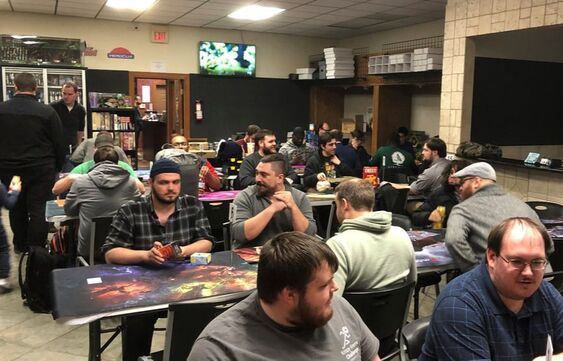
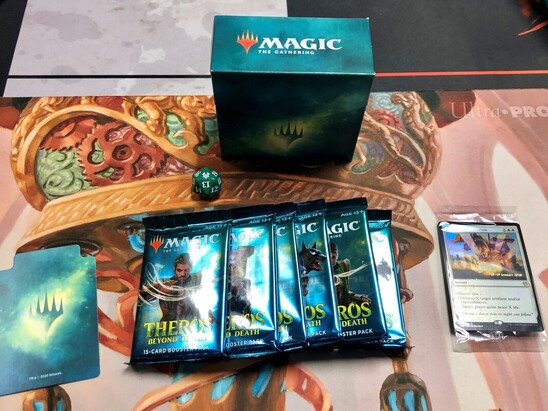
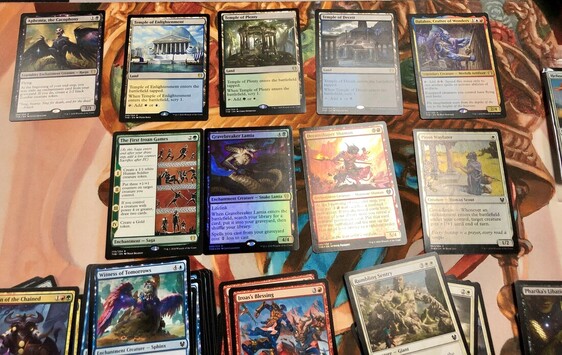
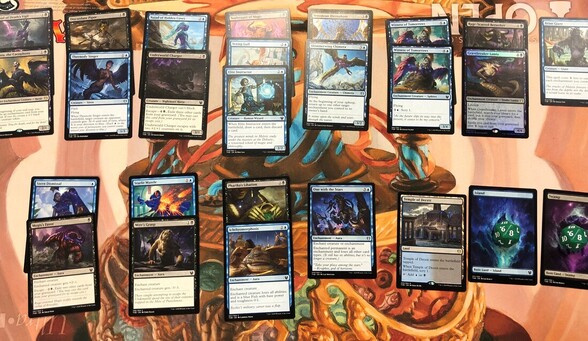
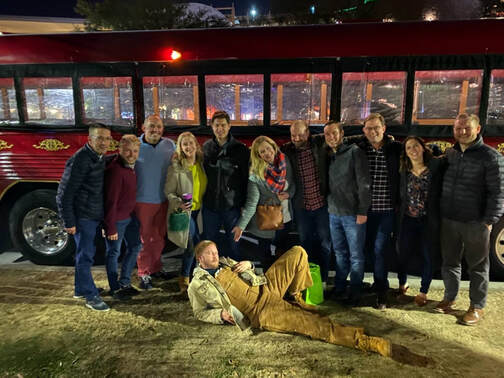
 RSS Feed
RSS Feed
